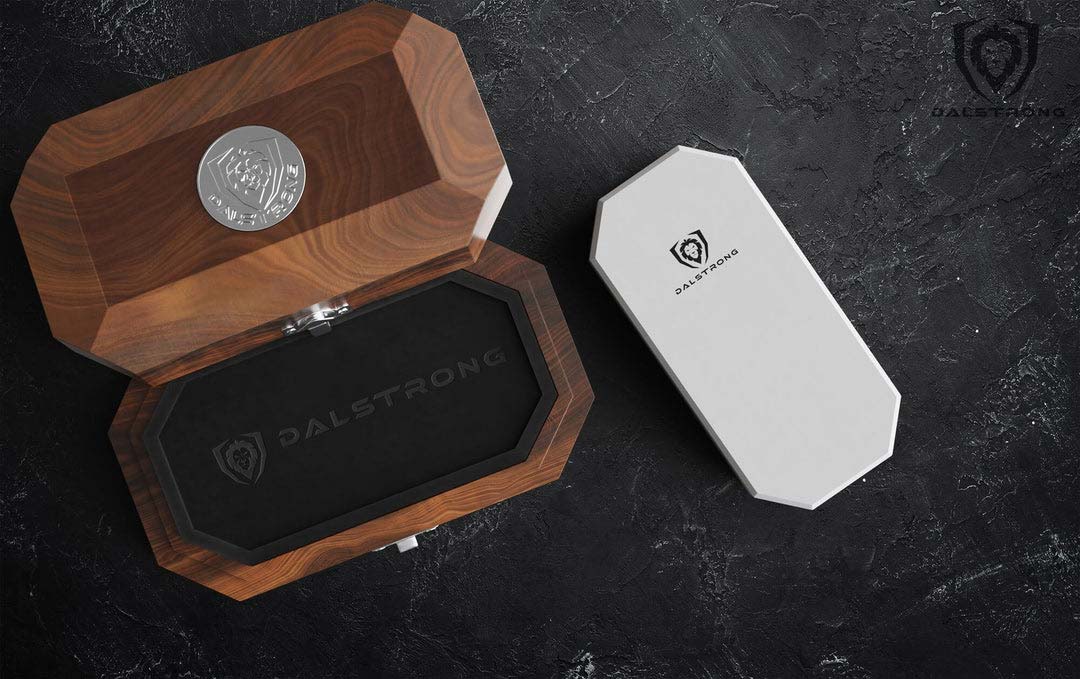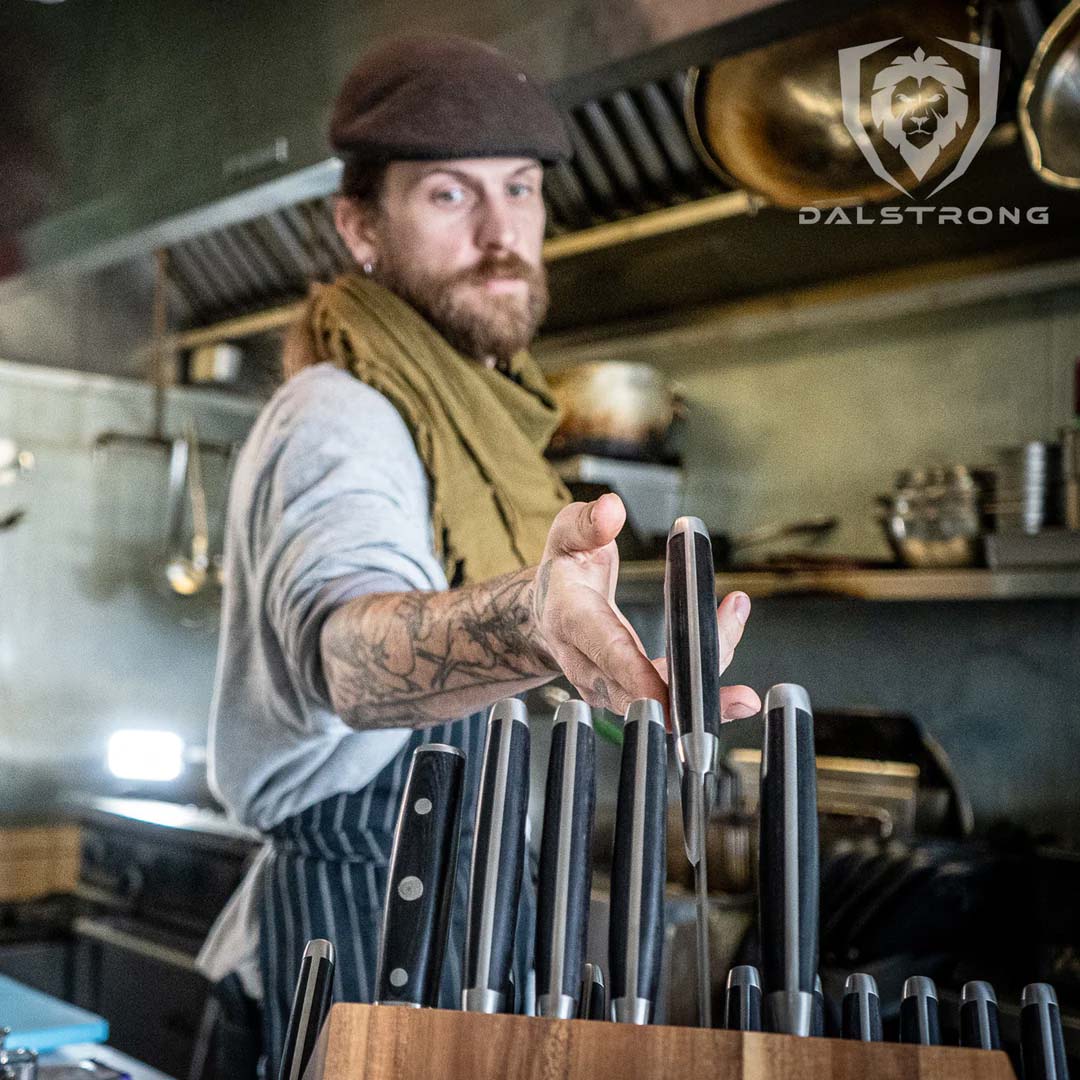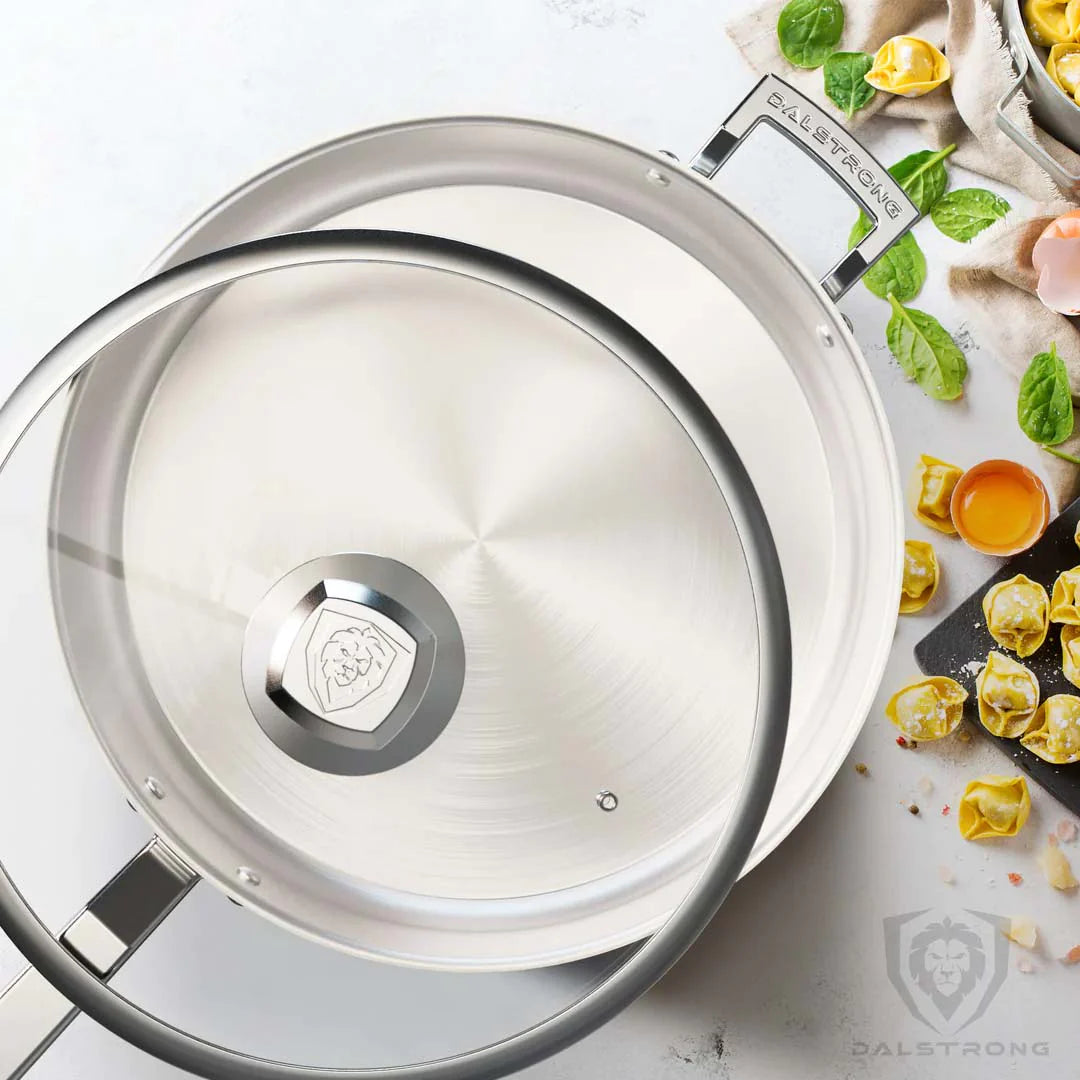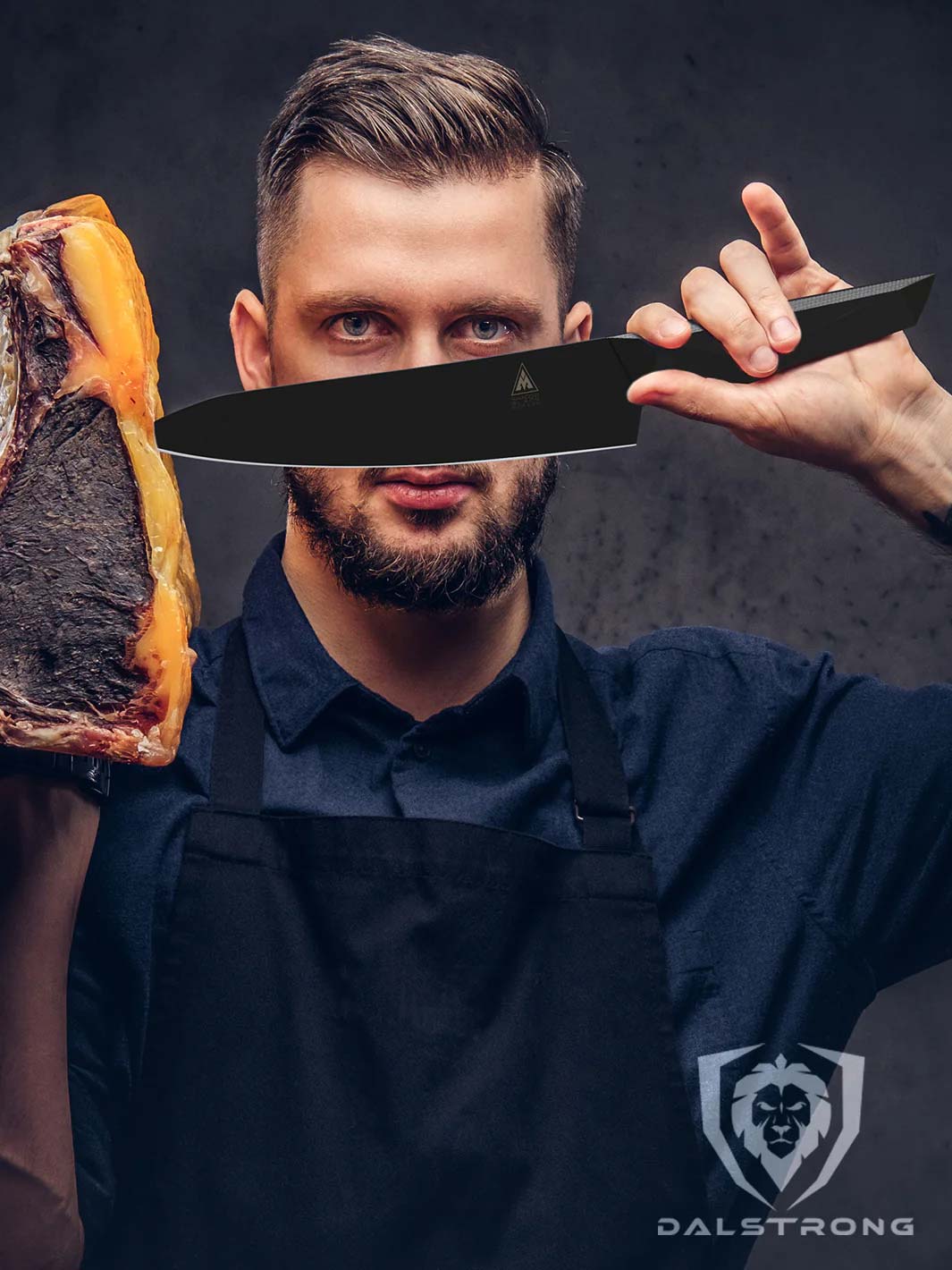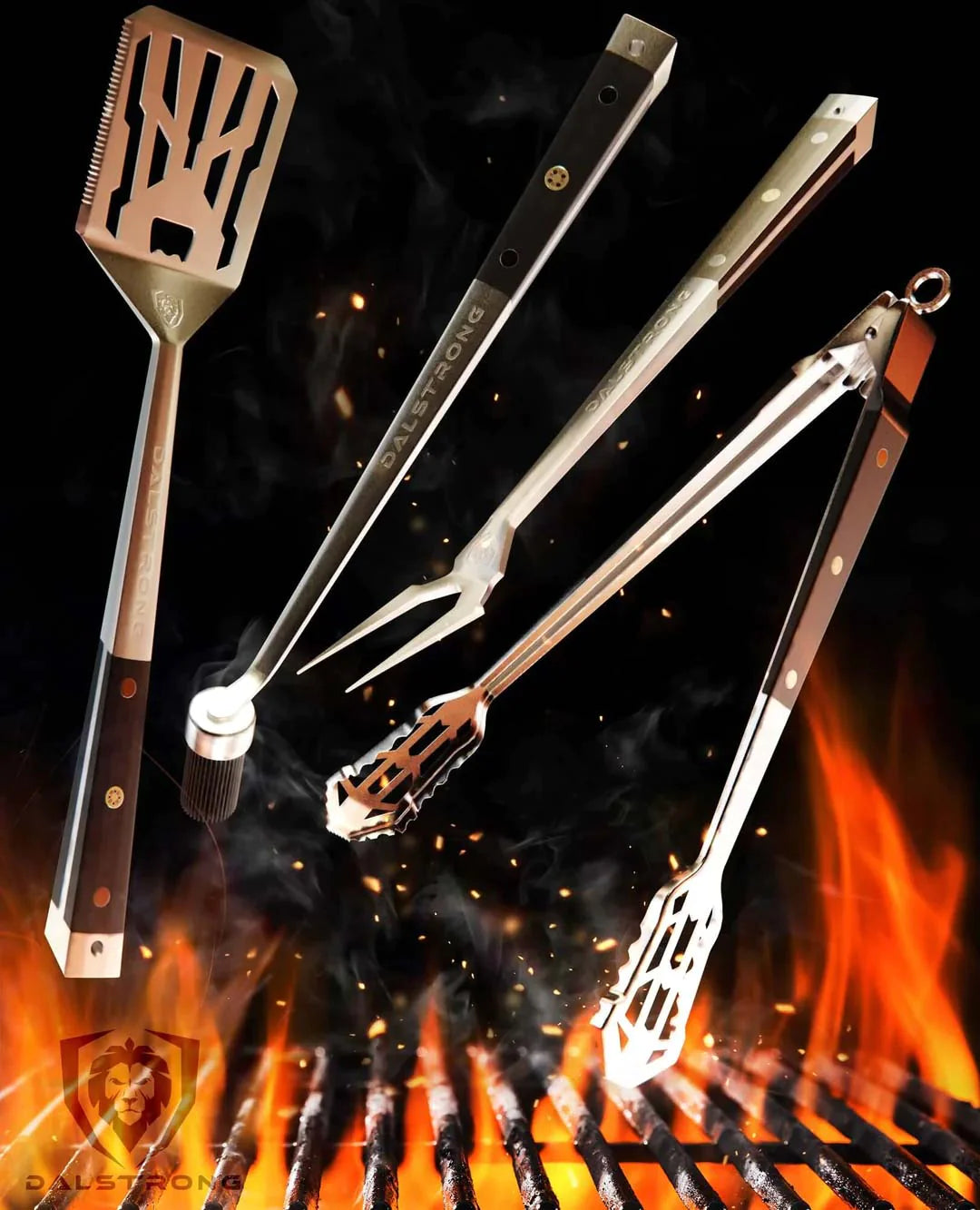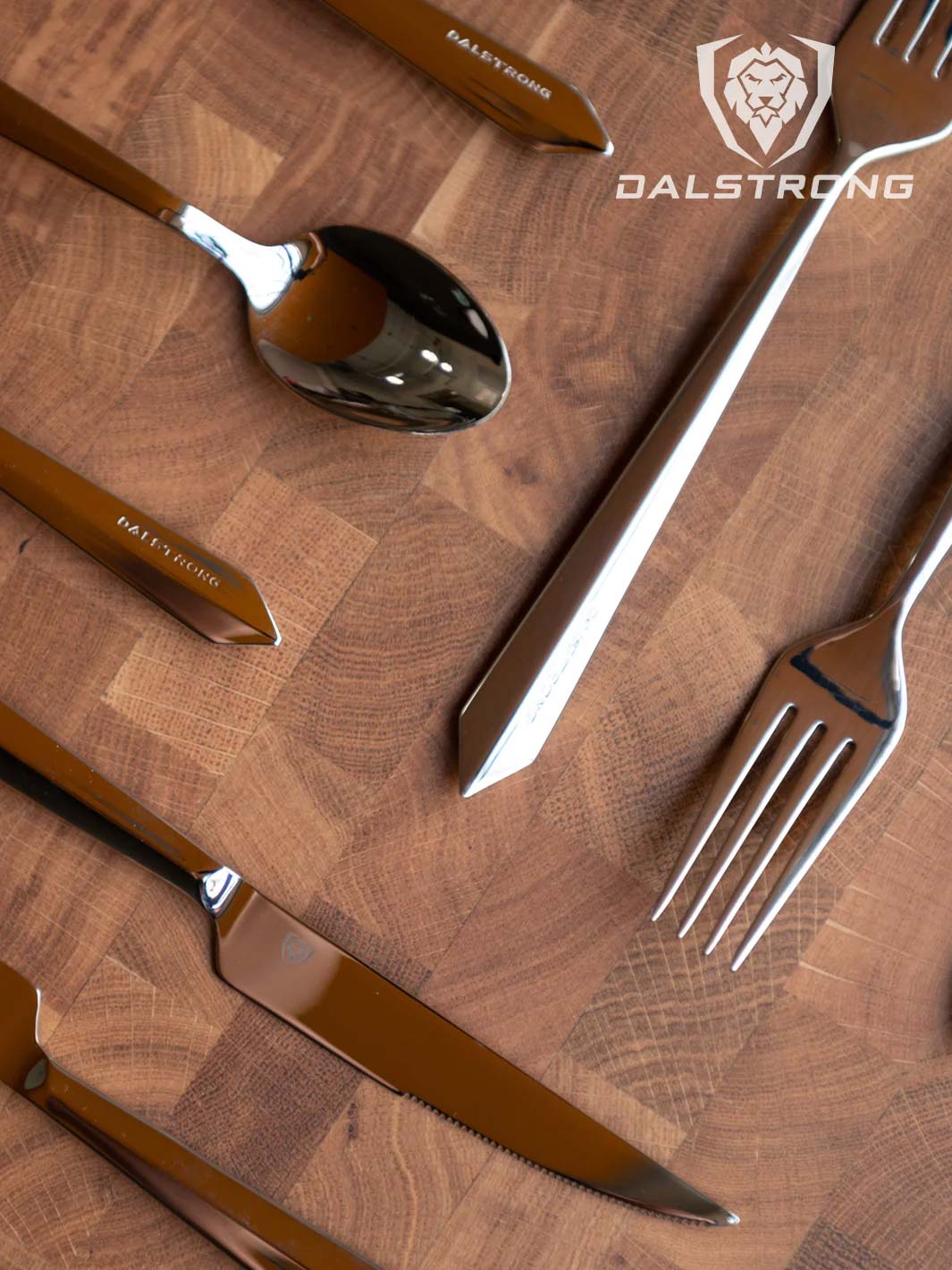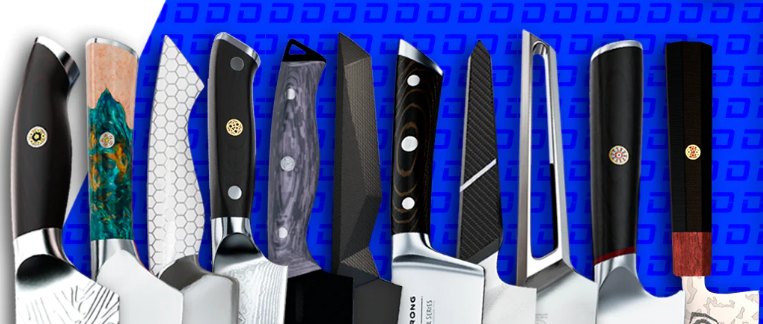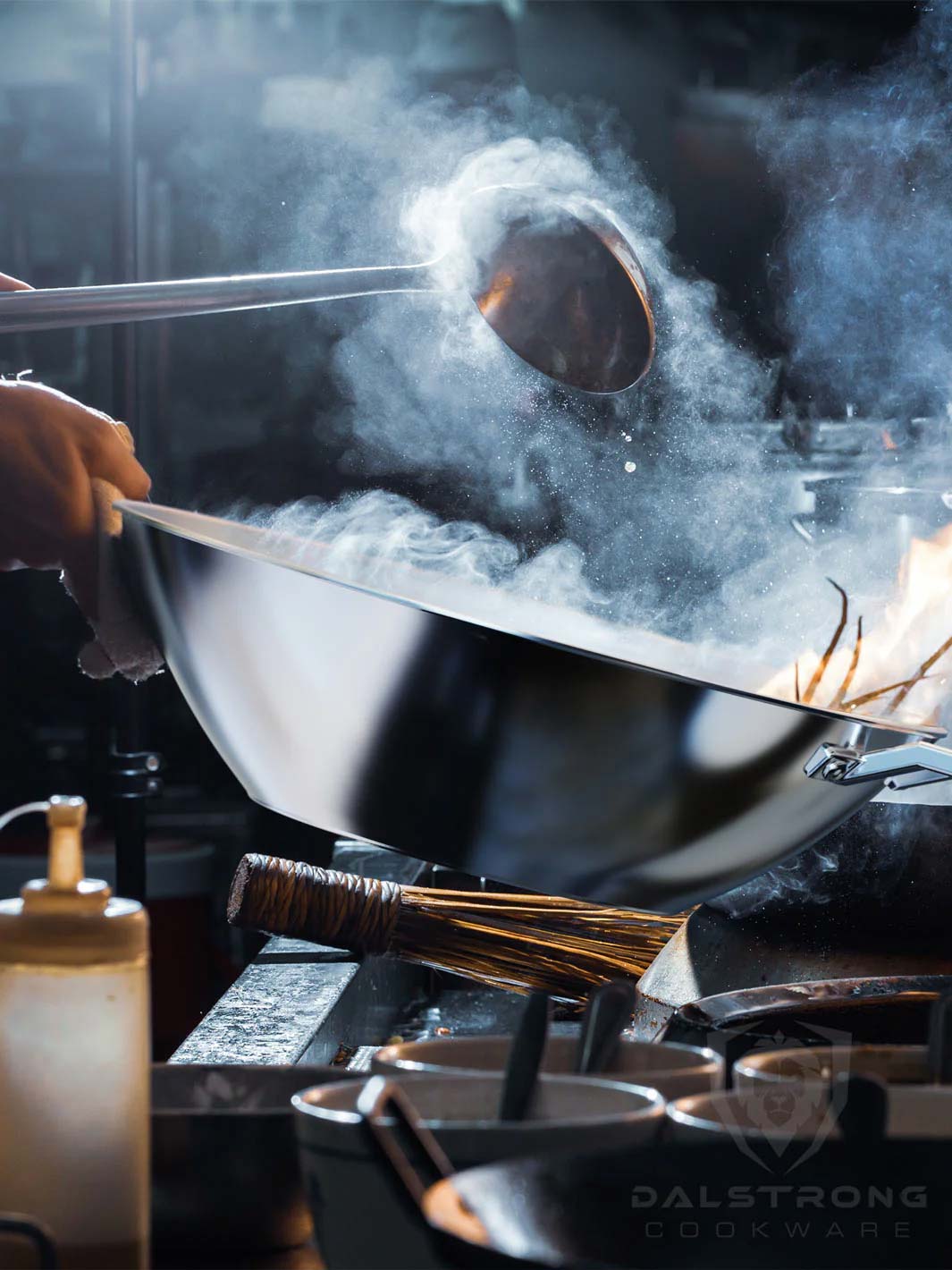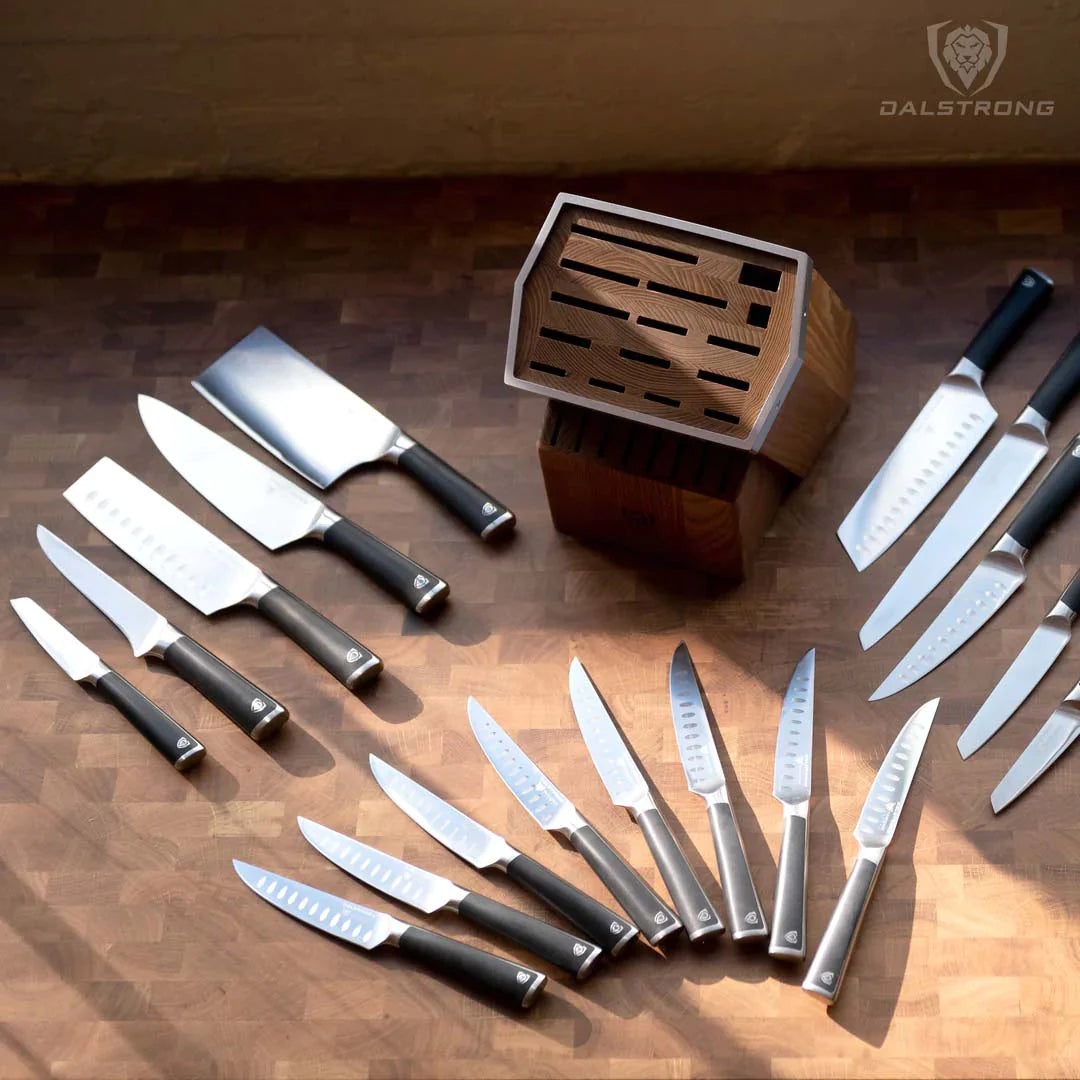Wood Cutting Boards : Your Kitchen’s Unsung Hero

Wood Cutting Boards: Your Kitchen’s Unsung Hero
Top Wooden Cutting Boards:
- Corner Cutting Board - Teak Wood
- Lionswood Colossal | Teak Cutting Board
- End Grain Teak Cutting Board
- Teak Cutting Board | Large Size | Horizontal Grain
- Teak Cutting Board | Medium Size
- Infinity Series | Fibre Cutting Board | Large
- Infinity Series | Fibre Cutting Board | Medium
Chopping fresh veggies and cutting up meat neatly and precisely is one of my favorite parts of the meal-prep process. This is why I need a dependable and sturdy cutting board in my kitchen. I find this part oddly satisfying, almost therapeutic, and if you’re anything like me, obsessed with cutting and chopping, this article is for you! Read on to uncover more details about this essential that every kitchen needs.
1. Why Buy A Wood Cutting Board

In terms of material, wood is a good option for a cutting board. A wooden cutting board is an unsung hero in many kitchens. While knives enjoy all the attention with their different shapes, sizes, metal types, and blade geometries to choose from, wooden cutting boards are often overlooked. But remember, a great knife isn’t much good if the surface you’re using it on is working against it.
Additionally, it also increases the risk of food-borne illnesses caused by cracked and deeply scratched boards. This makes it a good reason for you to choose your cutting board wisely. A good wooden board can last for years as your primary cutting surface, even with heavy use.
Wood has natural anti-microbial properties and is sturdy enough to last a lifetime. They are also attractive to look at which is why a lot of people also use them as a serving tray. Wooden cutting boards also prevent blades of knives from being dulled on hard surfaces like counters or plates. As mentioned earlier, they also play a key role in food sanitation.
As such, a well-stocked kitchen should have several different cutting boards for the multitude of things you’ll need to cut. While you can get a cutting board in several different shapes, sizes, and materials, the best cutting board will allow you to cut everything, from vegetables and bread to raw meat, fish, and chicken safely and properly.
There are a few things to look for in a wood cutting board. You want thick, good-quality wood. Keep in mind that if the board feels flimsy or cheap, it probably is and won’t last that long. It is recommended to go for cutting boards that have a flat surface. If there’s a crack in the wood, it can rock your knife blade in a different direction and you run the risk of cutting yourself.
Heavily-used kitchen equipment like cookware and knives take the brunt of the work and must be built tough enough to tackle the tasks at hand. However, anything that comes in contact with these shouldn’t be as hard. The perfect complementary material would be something dense but with a slight yield, something that would withstand daily use but not damage a knife’s blade- it would be something like wood.
Probably the only pitfall of wood cutting boards is that they are not dishwasher safe and so they need to be hand-washed thoroughly after every use, to prevent it from warping or cracking.
But trust me, for a tough and long-lasting cutting board, this pitfall doesn’t seem much and the investment is worth it.
2. Best Wood For A Cutting Board

A cutting board acts as many things for a chef- it’s a wood butcher block, food preparation surface, a serving board, and sometimes, all three. So this can’t-live-without accessory must be made of durable material.
Pro chefs swear by wood, not only because it’s more impact-resistant and sanitary than plastic but is also gentler on knife blade than bamboo and cheaper than marble or granite. But not all wood types are superior options. Some popularly used wood types for cutting board wood are maple, beech, teak, and walnut.
When buying a wood board for your home kitchen, know that certain wood species handle the chore of chopping better than others. Keeping this in mind, I would recommend you invest in a strong and dependable teak cutting board. Let’s take a look at why teak and what makes it the best cutting board wood.
In the last few years, teak wood boards have made their way onto many a kitchen aficionado’s “must-have” list. Known as being a durable natural wood, teak has commonly been used in wet environments such as boat fixtures, outdoor furniture, or spa benches. What gives teak its water-resistive properties is a combination of natural wood oils, tight wood grain, and tensile strength.
While other hardwoods like cherry, maple, and walnut need to have oils applied to keep water out, teak is one wood that retains its natural oils even after being processed. As a home chef though, there are several important factors for a cutting board besides being water-resistant, such as visual appeal, durability, knife scarring, maintenance, and sustainability, and teak cutting board wood checks all the boxes.
Looks and Visual Appeal
Visually, teak wood is quite beautiful, with a medium brown color tinged with gold and orange hues. The grain is sharp, fitted, and uniform in texture, making it very appealing for modern applications or design. So, if you like natural woods, teak will suit your tastes just fine.
Durability
Teak has its roots in tropical South-East Asia, where it is grown in regions like India, Indonesia, Myanmar, Malaysia, and other nearby countries. Historically, it was a prized tree as it naturally resisted rain, termites, rot, fungus, and warping, making it an excellent material for the region.
For this reason, teak has been coveted by marine shipbuilders for over the past century. With that being said, the world saw teak rising to popularity in the culinary world as well. Thanks to teak’s closed grain and rich natural oils, water is unable to seep in and as compared to other wood types, there’s much less need for any added mineral oil or conditioning.
Teak has also proved to last for a long duration of time with minimum damage to the board and the knives used on it.
Scarring the wood
In addition to its natural oils, teak is also high in silica- the same substance found in sand and glass. While glass is often used for cutting boards due to its durability, its hardness also has a bad habit of turning your sharp chef’s knife into a dull butter knife after a few uses.
So having a small fraction of silica inside teak gives it a natural boost in hardness that still doesn’t destroy your knife’s edge. While the bonus is that teak is generally more resistant to scarring the other woods, it will still scar to some extent with regular use or heavy butchering.
3. Difference Between A Plastic Cutting Board vs. Wood Cutting Board

There’s a lot that goes into selecting a good cutting board, but don’t you worry, I’ve done most of the legwork for you in this extensive article. The first step is deciding which material you would like to go for. It is just a question of picking between wood and plastic.
To be honest, glass chopping boards or boards made from some other ludicrous choice like marble, aren’t worth even a moment of consideration. Those materials are so hard, they’ll dull any knife that’s used on them.
Wood and plastic boards have their differences, so let’s take a closer look. Hopefully, by the end of this comparison, you will understand why I’m such a fan of wood cutting boards.
|
Wood Cutting Board |
Plastic Cutting Board |
|
|
Durability |
A good wood cutting board can last a long, long time. Even if you damage the surface with deep scratches, the board can often be salvaged by sanding them away. Very few materials are as forgiving as that. |
Plastic can grow increasingly and irreversibly scratched by knives, and those tiny channels are the perfect place for bacteria to hang out. While it can be taken care of with proper maintenance, it has the potential to be riskier than wood cutting boards. |
|
Gentle on knives |
Not only is wood a pleasure to cut on, but wooden cutting boards are made from woods like teak boards that are much gentler on the blade f your knife than excessively hard materials like bamboo and plastic. Teak wood cutting boards are durable and sturdy but still soft enough not to do tremendous damage to your knives. |
Plastic will wear down a knife faster than wood. It is very difficult to find a plastic cutting board that is hard enough to withstand excessive damage from everyday use and also protect the knife blade from dulling. |
|
Sanitary |
Wood cutting boards can absorb bacteria, trapping it and killing it. Washing the board thoroughly in warm, soapy water is sufficient to remove the harmful grease-borne bacteria. |
The deep cuts in plastic chopping boards can store bacteria for a long time and can give rise to food-borne illnesses if not washed carefully. |
|
Aesthetically pleasing |
A wooden board is gorgeous. That’s maybe not the most important characteristic to consider when stocking your kitchen, but I’d be lying if I said it didn’t matter. |
Looks-wise, plastic cutting boards are pretty basic. However, they do come in a wide range of colors and shapes. |
|
Weight |
Good wood cutting boards are heavy. Thin, lighter-weight ones are more prone to warping. But there’s no denying that the thicker ones are slightly difficult to move around the kitchen. People who aren’t able to haul a heavy cutting board around may want to avoid wood. |
Because plastic is a strong material, it doesn’t need to be anywhere near as thick as wood butcher blocks, making it less of a space hog. You can easily fit 2-3 plastic boards in the space one thick wooden cutting board might take up. The board’s lighter weight means it’s easier to move to the sink or dishwasher and store easily. |
|
Maintenance |
Wooden boards are more difficult to clean than plastic. They are not dishwasher safe. A gentle wash under warm running water is all that’s needed and once the board is dry, it’s a good idea to apply some mineral oil to replenish whatever was stripped away with soap and water. |
Plastic cutting boards can handle the high-heat cycle of a dishwasher without warping, which makes cleanup a breeze and can ensure that they are entirely sanitized. |
|
Cost |
Wood cutting boards are more expensive than plastic chopping boards. However, the boards last longer, making it worth the investment. |
Plastic boards are often relatively cheaper. |
After this detailed analysis of wood and plastic cutting boards, I would recommend a strong, sturdy wood cutting board for your kitchen. While it’s a slightly expensive investment, it is worth it as these boards can last you a long, long time.
4. How To Clean A Wood Cutting Board
If you are planning on purchasing a teak wood cutting board for your kitchen, here are some things you would want to keep in mind. The greatest beauty of teak boards is that it is virtually maintenance-free. While outdoor teak will turn a silvery gray color, left inside out of UV exposure, your cutting board should have no issue preserving its color.
While you should always wash and disinfect your cutting board or wood butcher block after each use here are some things to keep in mind when cleaning your wood cutting board.
- Always hand wash and pat dry the wood cutting board with a towel before letting it air dry. Avoid exposing the board to too much water, as the wood will swell up and warp.
- Store your wood cutting board on its side. This helps save storage space.
- Wood can dry out, so you want to keep it well-oiled to prevent cracks. There are specific wood oils that you can use, but basic extra-virgin olive oil should also do the trick just fine. I recommend oiling the wood board at least once a month.
- To moisturize the board, you can also use food-safe mineral oil, beeswax, or even excess fat after slicing up a nice piece of steak.
- Do not use old cooking oil to moisturize the cutting board. This will spoil the board and make it smell rancid after some time.
- For spot stains, use a paste of baking soda, salt, and water. This will easily clean stubborn stains on the board.
- For odors, you can use a spritz of white vinegar. This will help break the smell particles on the board.
- Every few months or at least once a year, you should scrub the board down with some coarse salt and finish with a moisturizing rubdown.
5. Wooden Cutting Board Recommendations
When preparing meals or running a prep station, you need a quality cutting board. A plastic board is cheaper and dishwasher friendly, whereas a wooden board is aesthetically more pleasing and longer-lasting if properly cared for.
Dalstrong’s wooden cutting boards have proven their worth time and again and are a great addition to your kitchen counter. Here’s a list of some of my favorite wood cutting boards that you can boast proudly about the next time you need to chop up some veggies or cut meat.
Best Edge Grain Wood Cutting Boards
1. Lionswood Colossal - Teak Cutting Board | Dalstrong
Made with Tropical Teak wood and paired handsomely with satin-finished steel handles, this cutting board functions as your all-purpose chopping, slicing, and serving board.
This board with handles made with this luxury wood is meticulously hand-crafted from edge grain (or end grain as some call it) wood and filled with rich moisturizing oils that make it naturally resistant to water bacteria and staining.
Edge grain fabrication consists of fibrous wood grain in alternating directions which helps to prevent gouging in the board by allowing the wood fibers to spring back easily. These boards are also very simple to maintain.
Pros:
- The unique checkered construction gives the board a slip-resistant surface that absorbs impact like a pro.
- The surface ensures that your knives stay sharp for longer.
- The tight-wood edge grain (or end grain) ensures a long-lasting hygienic cutting surface making this board ideal in wet environments such as busy professional kitchens.
- Two steel handles on either side are suited to carry and serve, ideal for beautifully presenting your finest roasts, charcuterie, bread, cheeses, and more.
- This board with handles features a curved cut-out to house a side plate for easy scraping and transferring of ingredients from the cutting board to the pot, pan, serving tray, or for waste.
Cons:
- The board comes with a high price tag that might not be ideal for everyone, especially those who are home chefs or cook occasionally.
- The board is substantial in size. This might result in the board taking up too much counter space in a small kitchen.
- This board is pretty heavy. This might make it difficult for some people to lift it.
2. Dalstrong Teak Cutting Board
This handsome cutting board, sustainably sourced from tropical teak wood is substantial is your all-purpose, go-to cutting board. It has been meticulously hand-crafted from end-grain wood and filled with rich moisturizing oils, teak is recognized as a luxury wood, naturally resistant to water, bacteria, and staining. Featuring two steel handles, this beautiful butcher block can be easily stored above your sink, stove, or tabletop saving you valuable countertop space.
Pros:
- Easy to maintain its hygienic surface
- Keeps your knives razor-sharp
- Beautiful presentation to be used to present anything from cheeses, veggies, charcuterie, and more.
- The underside of the board features a curved cut-out to house a side plate for easy scraping and transferring of ingredients from the cutting board to the pot, pan, serving plate, or for waste.
Cons:
- Lacks the size and mass of the Lionswood model.
- Not dishwasher safe.
Best Space-saving Wood Cutting Board
3. Corner Cutting Board - Teak Wood | Dalstrong
Enhance your kitchen with this cleverly engineered Corner Teak Cutting Board. This board is known for its ability to fit snugly into the inner corner of your countertop to assist with everyday chopping and cutting tasks. The material used to make this board is popular for its impressive moisture resistance and durability.
Pros:
- The board comes with a stabilizing corner block that ensures that the board will stay in place while you’re busy with your knife in hand.
- The end-grain fabrication allows the wood fibers to spring back easily after being used for strenuous kitchen tasks.
- The board is hard enough to make sure that you get precise, clean cuts of meat, and not as expensive as olive wood or acacia wood.
- The board is also designed to maintain your knife’s sharpness through use after use.
- The wood comes with natural anti-bacterial properties that ensure a long-lasting hygienic cutting surface.
- The board is very easy to maintain.
Cons:
- The high price of this board might not be digestible by everyone.
- If you’re an amateur in the kitchen, this board can get intimidating to use as it is quite big.
Best Large Sized Wood Cutting Board
4. Teak Cutting Board - Large Size | Horizontal Grain | Dalstrong
Made with sustainably sourced Tropical Teak wood, enhance your kitchen with the cutting board, perfectly sized to assist with larger everyday chopping and cutting tasks. The board comes with measurement lines (that are lasered) on the bottom of the board to make this cutting board more useful, allowing you to make precise cuts and slice even lengths of vegetables, cheese, pasta, and more.
Pros:
- The durable and practical kitchen board is ideally sized for larger chopping tasks.
- The wood is hard enough to offer precision for clean cuts, but not as expensive as olive wood or acacia wood.
- The material used to make this board ensures that the board ages like fine wine, looking better as it gets older, while not being as expensive as olive wood or acacia wood.
- The lasered measurement lines on the bottom of the board make precise cuts and sectioning simple.
- The board doubles up as a stylish serving tray.
Cons:
- The large size of the board can be a space-eater in a home kitchen.
- The board doesn’t come with handles which could make serving with this slightly uncomfortable.
Best Affordable Wood Cutting Board
5. Teak Cutting Board - Medium Size | Dalstrong
Home chefs, we’ve got the perfect board for you. This cutting board by Dalstrong is designed to fit perfectly in home kitchens without taking up too much space. A long juice groove helps keep your prep station mess-free by staying on the board and off your counter. Paired with the wood’s naturally hygienic properties, the tight-wood grain ensures a long-lasting hygienic cutting surface, ideal for wet environments such as a busy home kitchen or even small professional kitchens.
Pros:
- This board is of just the right size and ideal for average day-to-day chopping tasks.
- The wood helps preserve the sharpness of your knife, making this an ultra-practical kitchen ally.
- The board has a rugged yet elegant design that is just right for your daily prep work.
- This cutting board is easy to clean with a long juice groove, use, and store.
Cons:
- This board might prove to be small when handling bigger chunks of meats or vegetables.
- The missing handles can make serving with this an uncomfortable task.
Best Fibre Cutting Boards
6. Infinity Series Wood- Fibre Cutting Board - Medium - Obsidian Black
A handcrafted cutting board that can become your versatile workhorse in the kitchen. It is ready to take on any of your chopping, slicing, and dicing needs. It is durable, easy to maintain, and will keep your knife edges razor sharp. Coming in a sleek and sturdy Obsidian Black, it will add toughness and elegance to your kitchen arsenal.
Pros:
- Low-maintenance surface does not absorb water, making it both dishwasher-safe and mold resistant
- Beautiful presentation, and a G-10 serving handle, allow you to move this to the front of the house and serve charcuterie, fruits, cheeses, and more on it
- Durable and lightweight. The scorable surface protects your precious, razor-sharp blades
Cons:
- Not intended for hot surfaces, so you should not put hot pots and pans on it.
- Medium-sized: (9”x11”). Might not be able to handle your bigger chopping and cutting jobs.
7. Infinity Series Wood - Fibre Cutting Board - Large - Obsidian Black
A chef’s best ally in the kitchen. This beautiful wooden board, in obsidian black, is up to handling any of your chopping, dicing, or slicing needs, while adding a touch of sophistication to your countertop and kitchen. Both durable and lightweight, its scorable surface will protect the sharpness of your precious blades. It is also an easy cutting board to clean and maintain.
Pros:
- Non-slip silicone feet keep this versatile cutting board firmly grounded in the middle of rigorous cutting action.
- Sleek, sophisticated look and G10 serving handle allow for a flawless presentation of charcuterie, fruits, cheeses, and more.
- Low maintenance surface, which is easy to clean. Dishwasher-safe and mold-resistant.
Cons:
- Cannot put pots or pans on it, as it is not intended for hot surfaces.
- It might seem too large for small kitchen surfaces
6. Frequently Asked Questions

What is the best wood for a cutting board?
Dense hardwood with a closed grain like teak, maple, and cherry are amongst the best cutting board materials. The choice of wood should be free of warps, have a flat surface, and doesn’t have blemishes of excessive knots on the surface.
Why is a wooden cutting board not recommended?
While hardwood cutting boards are ideal for your chopping needs, softwoods are more prone to cross-contamination. The boards are more porous, making it easier for bacteria to live and grow.
Is a wood cutting board sanitary?
Wood cutting boards are sanitary as long as you take care of them. Wood stands a higher chance of being contaminated with bacteria. Washing the board with running warm water will help destroy the bacteria and keep your board efficient for a long time.
What are hardwood cutting boards?
Hardwoods grow slower and are harder, meaning their wood is denser than softwood. Think teak, maple, walnut, etc. This makes them better choices for cutting boards because hardwood scratches less easily than softwood. The wood should not be too hard though, as it would make the knife dull with frequent use.
Shop Dalstrong Cutting Boards Today
Written by Himani Vaid
Toronto-based food nerd turned food storyteller, Himani is a connoisseur of all things delish. Currently, busy thinking about what to eat next.














































































































































































































